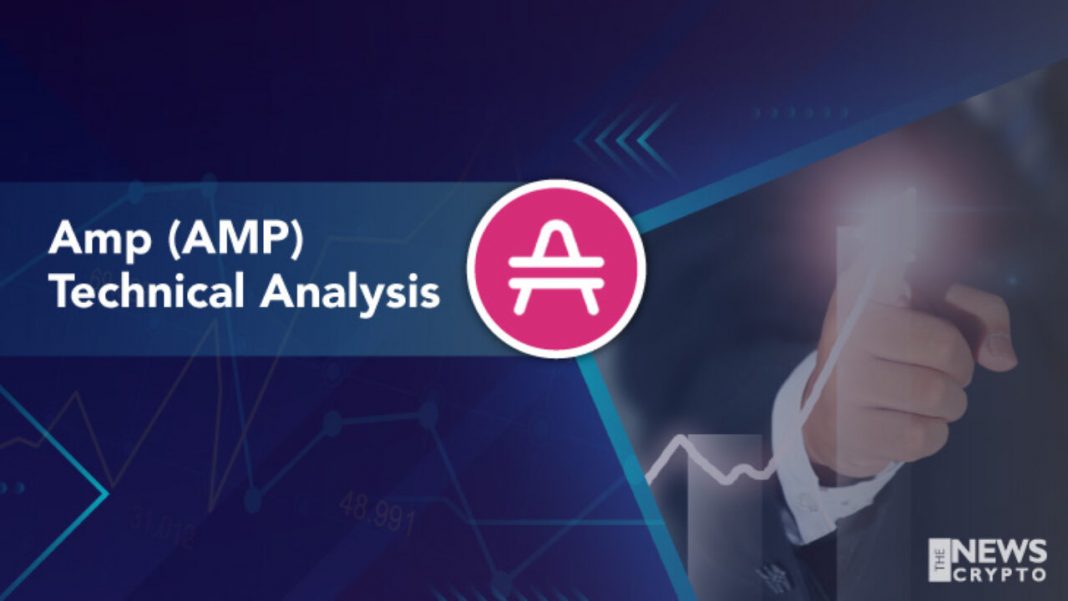
It was not until February 2021 that AMP saw its first rally. By the end of September it had fallen to $0.006, and it dropped even lower to $0.003 on 31 October 2020. The collateral token launched at $0.009 on 11 September 2020 and did not have much success in its first few months. The document goes on to say: “By enabling decentralised ownership and participation in financial networks, applications built on Amp can become orders of magnitude more cost-efficient than existing systems, and help eliminate the overwhelming deadweight loss of traditional social and economic structures for financial transactions.” AMP’s price history Fundamental economic models are derived to demonstrate that Amp functions as low-volatility collateral, with its value compounding exclusively as a result of the utility it provides.” This is achieved via virtuous feedback loops of increasing spending capacity coupled with a non-inflationary reward distribution. The white paper states: “Within distributed tokenised financial networks, Amp serves as a medium for accruing value while aligning the incentives of all participants.

The white paper Amp: A Digital Collateral Token to Enable Immediate Settlement of Payment Transactions was published in November 2020 and is 35 pages long. Investors are starting to recognise the innovative concept from Amp. Merchants can integrate Flexa and stake AMP to ensure payments are settled in real time meanwhile, AMP can be used by individuals for safe and speedy transfers of their own assets.Īs blockchains’ user bases continue to grow, there will be a growing need for a scalable and secure platform. It is built on the Flexa network and has listed two main uses. Users can stake cryptocurrency with every transaction, to guarantee the transaction will go through.Īmp was launched by Tyler Spalding, the founder of Flexa Network. Amp’s solution to this is collateralisation. Security is necessary to ensure every transaction is safe, while speed is crucial to roll out a blockchain to the masses.

There is a conundrum in the crypto world as to whether to prioritise speed or security. So, is collateral the future of payment, and can we make an Amp price prediction? What is Amp (AMP)? There are already more than 40,000 locations using the network, and its token has begun to see success. The collateral token only launched at the end of 2020, but it has come a long way. But Amp, via its AMP token, is using collateralisation to ensure network users do not have to compromise on either speed or security. Blockchains are finding this a little more difficult. As customers, we have grown used to paying for goods instantly and not having to worry about security.


 0 kommentar(er)
0 kommentar(er)
